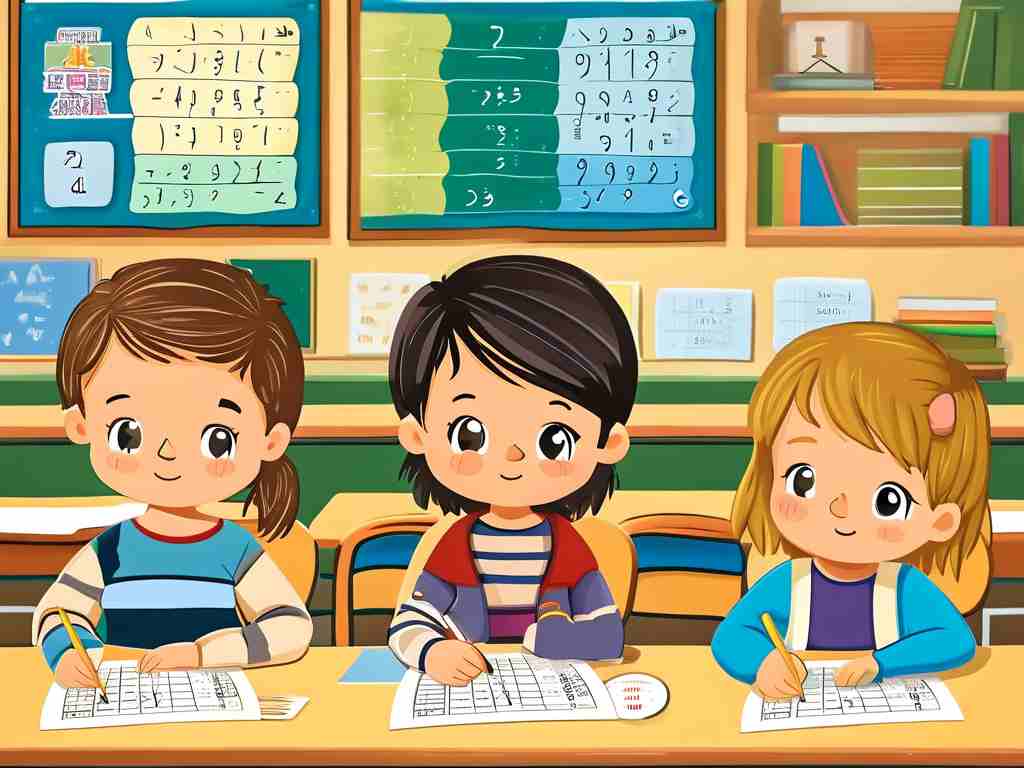As young learners embark on their programming journey, mastering foundational algorithms becomes crucial for developing computational thinking. This article explores six practical algorithm problems tailored for first-grade students, complete with Python solutions and educational insights.

Understanding Sequential Patterns
A fundamental concept for beginners is recognizing sequential patterns. Consider this problem:
"Print numbers from 1 to 10 using a loop."
for i in range(1, 11):
print(i)
This exercise teaches loop structure and parameter understanding. Educators should emphasize the exclusive upper bound in range() functions - a common stumbling block for novices.
Conditional Logic Development
Problem: "Check if a number is even or odd."
num = int(input("Enter a number: "))
if num % 2 == 0:
print("Even")
else:
print("Odd")
This introduces modulus operations and basic conditional statements. Practical tip: Use physical objects like marbles to visually demonstrate even/odd concepts before coding.
Array Manipulation Basics
Task: "Find the sum of elements in a list."
numbers = [2, 4, 6, 8]
total = 0
for num in numbers:
total += num
print("Sum:", total)
This builds array traversal skills. For better retention, have students manually calculate sums first, then compare with program outputs.
String Reversal Technique
Challenge: "Reverse a given string."
text = "hello" reversed_text = text[::-1] print(reversed_text)
While this slice method is efficient, encourage students to try manual reversal using loops for deeper understanding of index manipulation.
Multiplication Table Generator
Problem: "Create a 5x5 multiplication table."
for i in range(1, 6):
for j in range(1, 6):
print(i * j, end="\t")
print()
This nested loop exercise enhances spatial reasoning. Suggest drawing tables on paper first to visualize row-column relationships.
Simple Guessing Game
Interactive task:
import random
target = random.randint(1,10)
guess = 0
while guess != target:
guess = int(input("Guess (1-10): "))
print("Correct!")
This combines loops and random numbers while maintaining engagement. Modify ranges for differentiated learning - smaller ranges for slower learners, larger for advanced students.
When teaching these concepts:
- Always connect abstract code to real-world analogies
- Use debugging exercises to develop problem-solving resilience
- Encourage "code tracing" - manually tracking variable changes
Common mistakes to watch for:
- Off-by-one errors in loops
- Confusing assignment (=) and comparison (==) operators
- Improper indentation in Python blocks
Assessment strategies should balance code correctness with logical explanation. Have students verbalize their thought processes while coding to reinforce understanding. As students progress, gradually introduce variations like handling invalid inputs or optimizing solutions.
These foundational algorithms create stepping stones toward more complex programming concepts. By mastering these exercises, young learners develop not just coding skills, but essential problem-solving frameworks applicable across disciplines.


